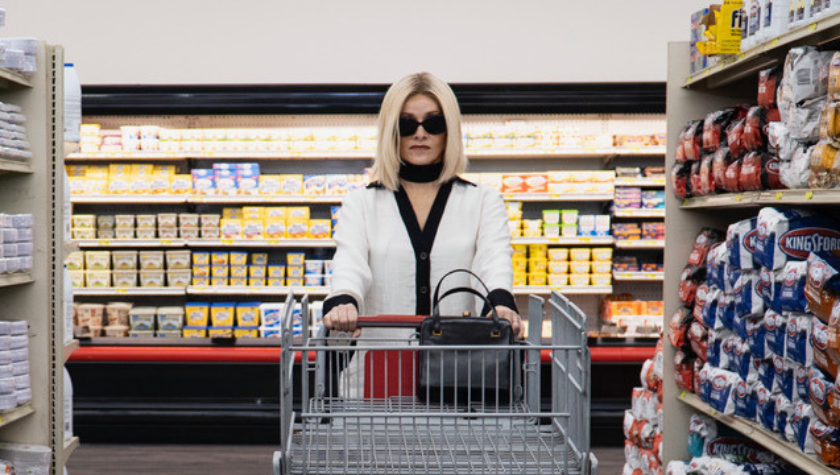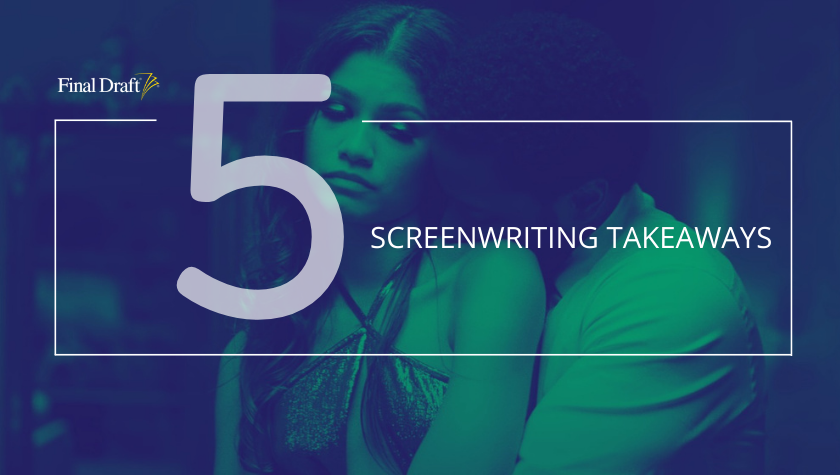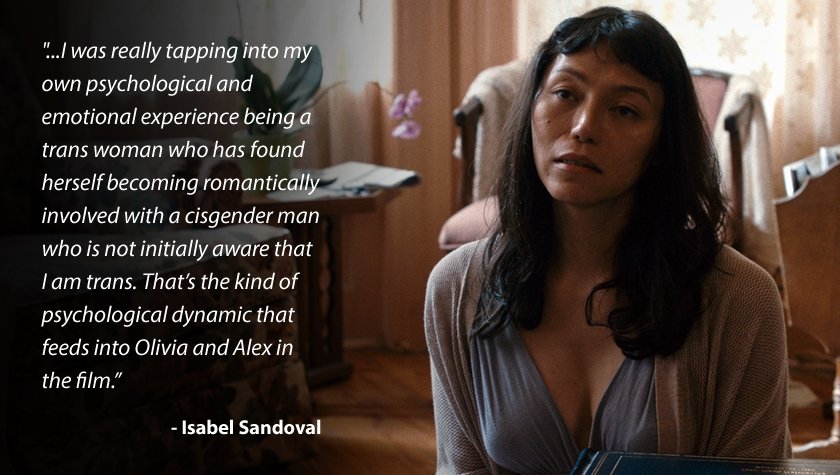Writer Jean-Christophe Meurisse's ‘Bloody Oranges’ is unforgettable
April 20, 2022
Photo courtesy of The Jokers.
Midnight movies can and should be absolutely unhinged. Jean-Christophe Meurisse’s midnight Cannes selection, Bloody Oranges, is no exception. It’s a send-up of the madness we are all dwelling in in the 2020s. No one is safe in this world, including high-ranking politicians.
Meurisse embraces the chaos in his filmmaking style. Actors had the freedom to improvise, very little dialogue was planned, and interwoven stories are anchored in what seems to be an innocent rock dance contest—that is until the stakes of the contest become life or death.
A young girl named Louise (Lilith Grasmug) is so loosely connected to the dance contest, but so engrossing on screen. The loose connection does not matter in the least as Bloody Oranges puts her through hell and back again. The movie is Grasmug’s first IMDB feature credit, but that doesn’t matter much either because she already owns the screen.
Grasmug spoke with us about Meurisse’s process and her experience with a movie that will not soon be forgotten. Louise is connected to the anchor scene through dance. She has a dance in the third act that marks an important part of the narrative that is too insane to spoil. It’s also the scene that’s the biggest nod to the title, involving a very big knife, a microwave, and a snack no man would like to consume.
“He wanted the dance moments to be linked,” Grasmug said about the dance. “What was challenging about each scene was the freedom. It was almost all improv in the whole film. He just came to me and said a few words and then went to the camera. He did choose the song and had me listen to it to get it in my memory and then I improvised the dance. We didn’t do a rehearsal.”
Grasmug said Meurisse gave intentional nods to Tarantino and Kubrick throughout. Their influences are felt not only in dance, movement and music, but in embracing the chaos. It’s interesting that Meurisse clearly had a strong and likely very planned vision for structure while he simultaneously thought his structure should encircle room for the unplanned because if there’s any rule for the 2020s it’s that you can no longer truly plan anything.
While the film still feels to have a strong male gaze, Meurisse is confident in commenting on the fact that this film is made by a man. He empowers Grasmug’s Louise in particular to challenge that male gaze on the streets, in bed and while defending herself. Louise is the youngest character in the film by far, but is also the most empowered. It’s energizing to see her unapologetic fierceness on screen.
“I felt very free in the way I was acting,” Grasmud said about Louise. “That was also a way of having power on set. There was a big level of trust and support around us (from Meurisse)… This character is very special to me… On the one hand she is very shy and on the other she can become completely mad and enraged, and that is the interesting thing about her… She doesn’t see herself as an internal victim.”
Meurisse also takes on France’s current political scene, ensuring none of his characters dwell in a safe space—particularly when their transgressions do not serve the people. As Grasmug puts it, “It’s a pretty spicy story.”
Grasmug’s ultimate hope for audiences is that they laugh and cry. She also said her final scene in the film (again, too good to spoil here) is one she will be happy with for the rest of her life. Ultimately, the film has a kind of rhythm to it. There are lots of long back and forth conversations that lull the audience into a false sense of security, and once Meurisse does so he’ll shock the audience back into reality with a slap on the face. As Grasmug said, it will most likely induce laughter and tears that won’t soon be forgotten.
Bloody Oranges is currently in theaters.
Written by: Lindsay Stidham
Lindsay holds an MFA in screenwriting from the American Film Institute. She has overseen two scripts from script to screen as a writer/ producer. SPOONER, starring Matthew Lillard (SLAMDANCE), and DOUCHEBAG (SUNDANCE) both released theatrically. Most recently Lindsay sold PLAY NICE starring Mary Lynn Rajskub. The series was distributed on Hulu. Recent directing endeavors include the Walla Walla premiering (and best screenplay nominated) TIL DEATH DO US PART, and the music video for Bible Belt’s Tomorrow All Today. Lindsay is currently working on an interactive romcom for the production company Effin' Funny, and a feature film script for Smarty Pants Pictures. Lindsay also currently works as an Adjunct Screenwriting Faculty member at USC’s School of Cinematic Arts. You can follow her work here: https://lindsaystidham.onfabrik.com/



